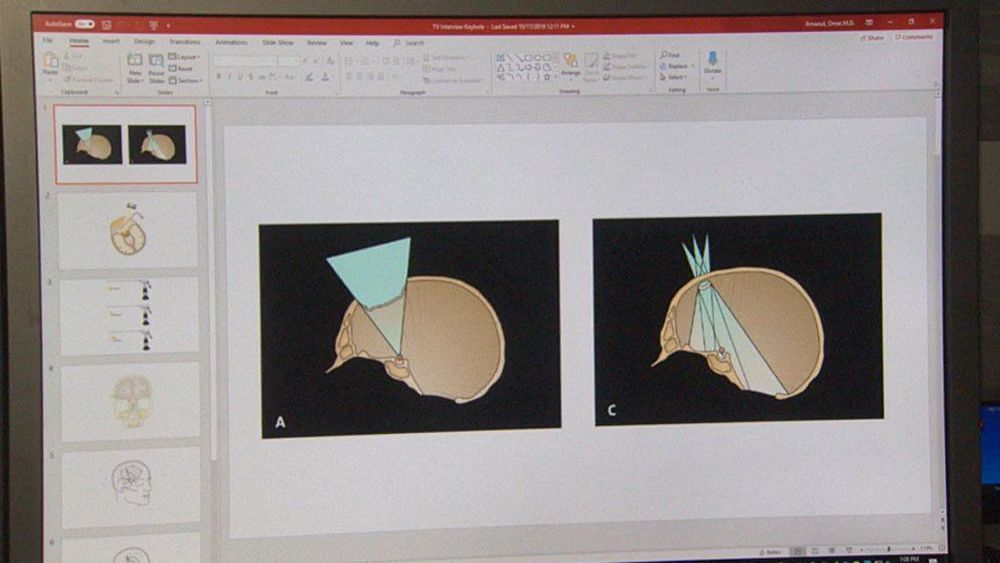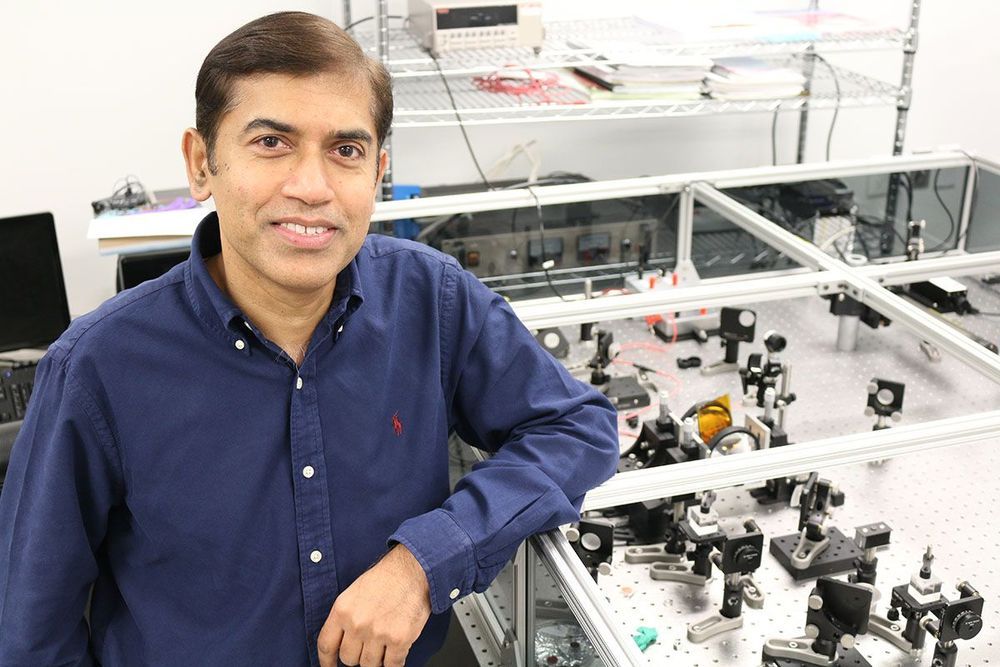#9 in our top science stories of 2019.


From the first black hole image to the first image of quantum entanglement, mankind achieved a lot in 2019!

(CBS) — Imagine giving birth to a premature baby and then being told you have a brain tumor. That’s what happened to a woman from Holden. But thanks to a new approach at Brigham and Women’s Hospital, this new mom was able to have brain surgery and quickly return to her newborn son.
At 27 weeks pregnant, Bethany Shea was diagnosed with preeclampsia and had an emergency C-section. Then she went blind.
“It was a pregnancy complication due to my high blood pressure,” Bethany explained.


GivePower has deployed a new water desalination plant in Africa using Tesla batteries and solar power that is now providing clean water to thousands of people.
The system has been deployed in Kiunga, a rural village in Kenya where the lack of clean water had people sometimes rely on saltwater wells or even contaminated water.
Desalination is a power-consuming process that is hard to implement in a place where power is already scarce.


In Finland, the number of homeless people has fallen sharply. The reason: The country applies the “Housing First” concept. Those affected by homelessness receive a small apartment and counselling – without any preconditions. 4 out of 5 people affected thus make their way back into a stable life. And: All this is cheaper than accepting homelessness.
Read this article in German here.
Finland is the only country in Europe where homelessness is in decline.

Ford is no longer taking orders for the first edition of its new electric Mustang, the Mach-E.
The company will still be taking pre-orders for other versions of the crossover, including premium and GT, according to a press release.
Ford unveiled the Mustang Mach-E in November and began taking $500 refundable reservations before the Mach-E makes its debut next year.
